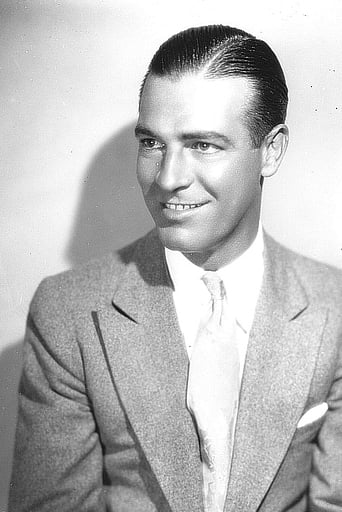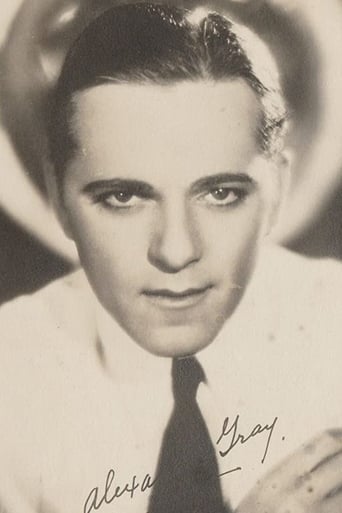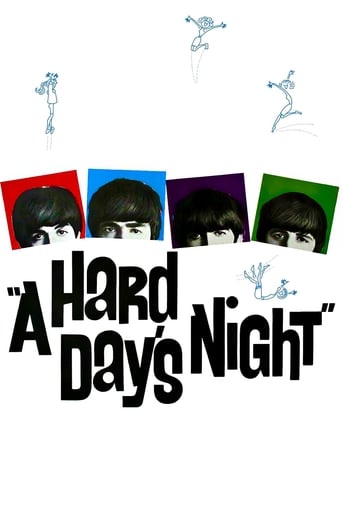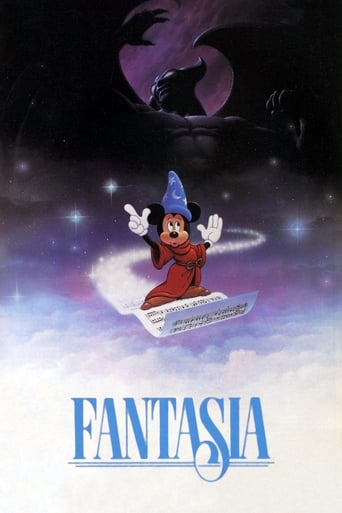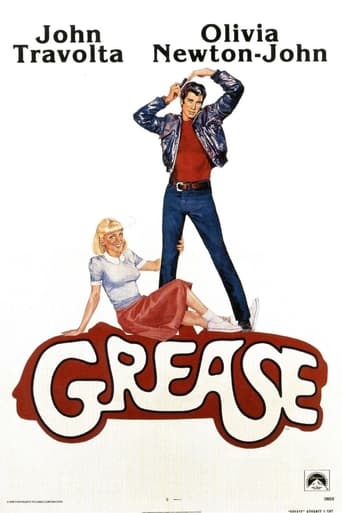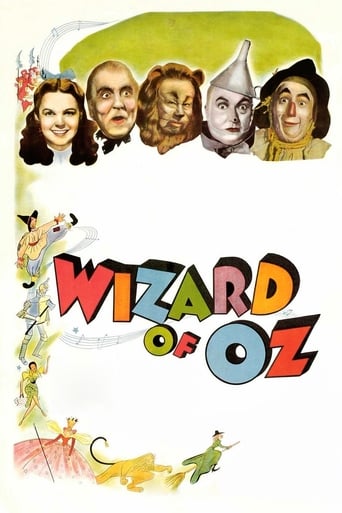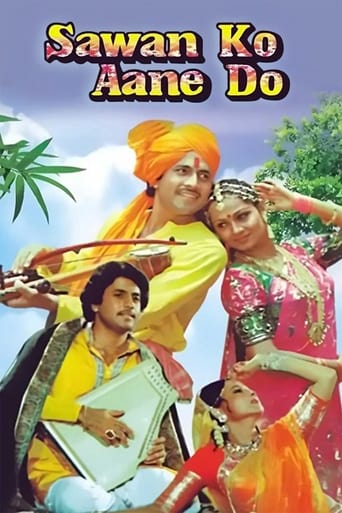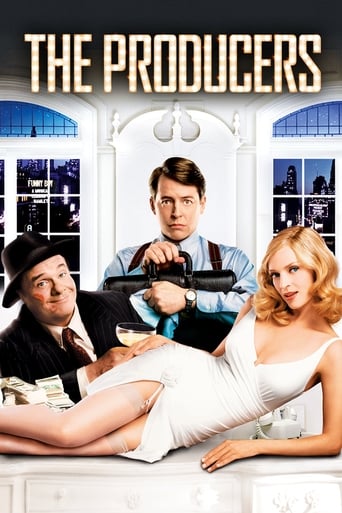

Spring Is Here (1930)
Musical about two sisters in love with the same man.
Watch Trailer
Cast


Similar titles
Reviews
On Long Island's fashionable North Shore, beautiful brunette Bernice Claire (as Betty Braley) surprises her parents by returning home at five o'clock in the morning. Furious father Ford Sterling (as Peter Braley) asks ukulele player Lawrence Gray (as Steve Alden), "What do you mean by bringing my daughter home at five o'clock in the morning?" He replies, "Home is the best place for a young girl at that hour, isn't it?" A coloratura soprano, Ms. Claire has been dating handsome baritone Alexander Gray (as Terry Clayton). They make beautiful music together, but Claire thinks her boyfriend has become boring and unromantic. If Alexander Gray doesn't change his tune before the end of the story, he may lose his Claire to Lawrence Gray..."Spring Is Here" is a somewhat creaky-looking, but wildly funny and extremely tuneful early movie musical. The script, by James A. Starr from Owen Davis's original story, is award-worthy; it's chock full of snappy, modern dialogue. The forward-thinking soundtrack, by Richard Rodgers and Lorenz Hart, complement characters and story in the best musical-play fashion. The 1929 Broadway play sent "With a Song in My Heart" up the record and sheet-music sales charts, in several versions. The film put more songs on the national hit parade, led by the superior "Have a Little Faith in Me" and the Brox Sisters' "Crying for the Carolines" (not from the original play). Guy and Carmen Lombardo had a doubled-sided top ten hit with both songs...The cast is a well-balanced mixture of "silent" film stars and theater performers. Lawrence Gray and Alexander Gray are not related. Lawrence receives top-billing, but Alexander is the leading man. Lawrence had been favorite young actor during the 1920s, co-starring with several popular actresses. He may receive "star" billing on this recognition and for the fact that he sings the film's big hit "With a Song in My Heart" (very well). The reason Lawrence got the song, and not Alexander, can be traced back to the original Broadway production. Glenn Hunter, a popular young performer on stage and film, signed for the play. His character was to sing the important song, but it was given to his romantic rival as Mr. Hunter was not a singer...The second leads are Claire's parents, flittering Louise Fazenda and stringent Ford Sterling (as Emily and Peter Braley). In particular, Mr. Sterling gets a well-written "talking" picture role. Inez Courtney (reprising her stage role) and Frank Albertson impersonate a juvenile couple successfully. The older couple parallels Bernice and Alexander. It's interesting to watch Alexander's transform - learning to make "violent love" by kissing Gretchen Thomas and Ms. Fazenda. His final scenes are not off-putting due to the surprising balance we see in Fazenda's character...Producer/director John Francis Dillon manages it all exceptionally. Thankfully, he doesn't "correct" an early scene where Alexander jumps a wall and drops his flowers; it fits his character - stumbling to smooth. Photographer Lee Garmes seems out of position once; but, more often, his camera is skillfully capturing background material.******** Spring Is Here (4/13/30) John Francis Dillon ~ Alexander Gray, Bernice Claire, Ford Sterling, Louise Fazenda
SPRING IS HERE is a charming curio that is a bit more fascinating than it is good entertainment but it's that too. This is one of the first movie musicals to have been a film version of a Broadway musical, an early semi-success for Richard Rodgers and Lorenzo Hart. The most interesting thing to me is that while the songs are quite nice (though they are mostly indistinguishable love songs, with the notable exception of the outstanding classic "With a Song in My Heart"), the "book" (story) is the highpoint, thanks to lots of really funny wisecracks and some racy "adult" situations that are quintessential late 1920s/early 1930s Manhattan humor.Coquette Bernice Claire sneaks back home at 5 am, having abandoned both the party she attended and her longtime dullish boyfriend Alexander Gray after meeting the jazzier Lawrence Gray there. Father Ford Sterling is outraged at this new "beau", a stranger who would keep his daughter out all night and tries to push her bland boyfriend into marrying her. Bernice however will have none of it with a new man to consider. Her "kid" sister Inez Courtney (allegedly 16 and, as has been mentioned, looking quite into adulthood) has sympathy for Alexander and tells him the way to get her back is to become a romantic cad and flirt with other women. That night at the family's party, Alexander reluctantly follows this advice and kisses and flirts with practically every woman at the party (including, most outrageously, Bernice's bird-brained mom Louise Fazenda). He does manages to invoke Bernice's jealousy but then Lawrence shows up and manages to still hold her attention.This little movie (barely over an hour) is cute little musical but it's certainly imperfect and while an "early" musical, it was not one of the first ones (movie musicals had been around already for a year in 1930) for some of it's flaws to be dismissed. Most annoying is the movie is almost completely filmed as if it were a stage musical, with performers usually facing toward the camera rather than toward each other in love songs!! Lawrence Gray gets top billing here apparently because he had the most film experience of the young leads (including the male lead in lone Duncan Sisters feature musical, IT'S A GREAT LIFE) but his part is decidedly secondary to Alexander Gray and Bernice Claire's and he is rather miscast as a "fascinating" stranger, if anything he's duller than Alexander. Alexander Gray looks a lot like contemporary actor Aidan Quinn with a touch of James Cagney. He's better looking than his rival and gives a good performance as the bashful beau, alas while his singing is good he unfortunately twists his mouth into strange shapes while singing which is quite distracting. Bernice Claire has a lovely voice but her character is kind of a brat which is a mistake for a romantic lead I don't think Rodgers & Hart ever repeated again. Veteran comedienne Louise Fazenda spouts her lines with an affected ring perhaps to suggest simple-mindedness and it does get to be a bit much at time.The movie is stolen by silent comic sidekick Ford Sterling as the patriarch of this family of femmes, he's hilarious and much more appealing in the type of put-up middle-aged man that Edgar Kennedy would play in scores of movies. Sterling is so terrific in this it should have led to a major career as a supporting character actor in talkies. SPRING IS HERE is no classic but absolutely worth checking out for fans of the art deco era, movie musicals, Rodgers & Hart, and silent-era comedians and holds up as entertainment a little better than most musicals from 1929-1931 despite it's imperfections.
This is seems to me to be a very true adaptation of a Broadway musical of the late 20s, filmed in quite a static way with the characters lined across the screen playing it exactly as if they were also across the stage bellowing lines into each other's faces so the back row could hear it. Given this performance is for a film it seems nobody thought to re direct it for a cinema audience who could hear every word courtesy of fantastic chunky Vitaphone gramophone sound. There is no doubt the dippy parents and flapper daughters play it well to the audience who even might have been expecting a play on film. SPRING IS HERE is quite funny, very stage bound and completely what we expect 80 years later: stodgy comedy, vaudeville mugging wonderful Rogers and Hart music all flattened into the technical aspects of the time. This film is a curiosity piece really, and would irritate your friends who do not understand that it is the restrictions of the medium of the time that makes a film like this attractive to those who love 1920s sound films. Beautiful clothes and sets add to the fun; but do not inflict this film on anyone not familiar with the time tone and tinniness. Maybe play the scenes of just the songs, as they are terrific. No wonder the talkies took off, but you can also see why depression audiences soon tired of songs being yelled at them.
Most of the movies from this period are bad, stabs in the eye. But you have to watch your quota in order to register the form.These early ones are pretty fascinating because with the onset of sound, filmmakers veered away from story for a while and accommodated the stage show. This is an early musical following the pattern used on Broadway, set by opera centuries before and still somewhat followed. Its song stitched together in the slightest of ways.The songs here seemed dreadful to me, absolutely dreadful. Just changing tastes on which drek we tolerate, I suppose.The story is about a girl, and someone who loves her, and her confusion over him and another boy. Which is less boring is the question. She and all the supposed sexy girls here have that mannish, short hairdo that was popular for only a couple years, invented by film.There's a blustery father whose job it is to keep things moving. The origin of his role is belied in the middle of the movie when in the midst of his patter he says of a joke: "I just tell em, I don't explain em." Everything else about this is from the stage as well, a strange deviation for cinema as it tried to discover what it would be. Its precode, so while there is nothing overtly sexy is shown, its clear that there are sex acts all around the story.Ted's Evaluation -- 1 of 3: You can find something better to do with this part of your life.


